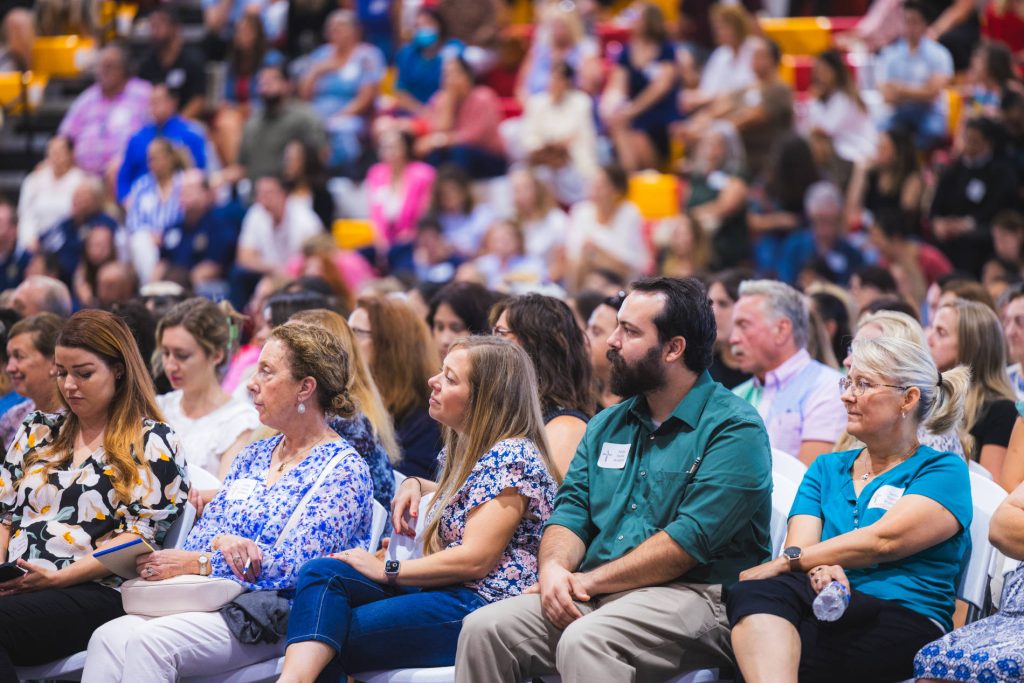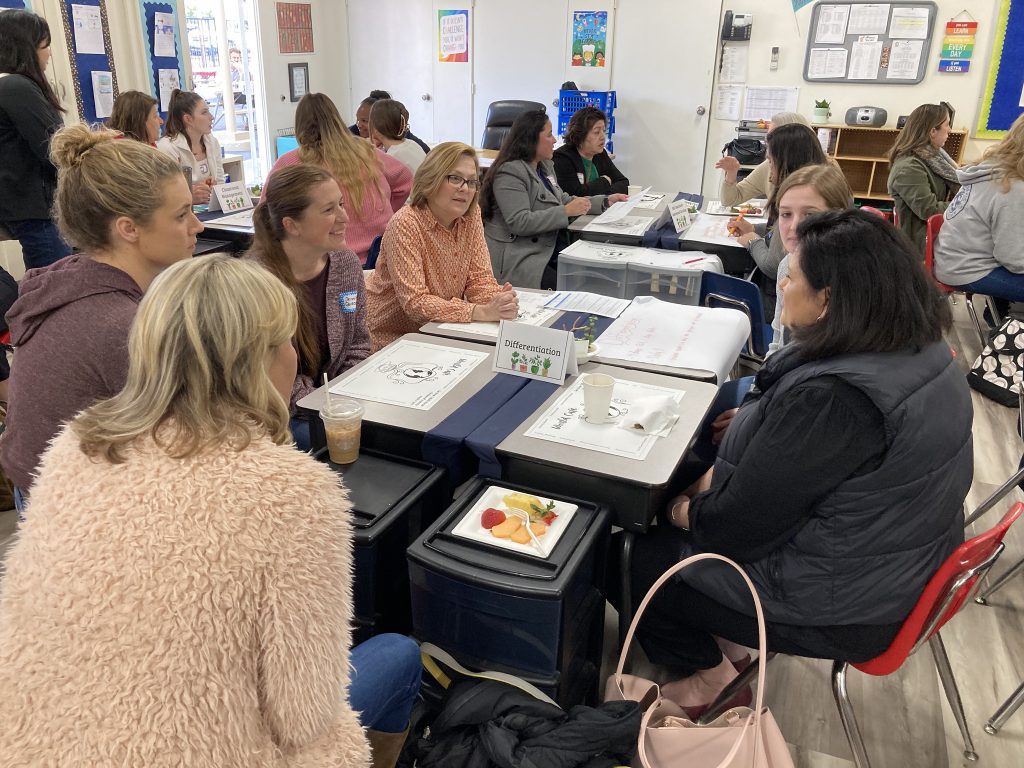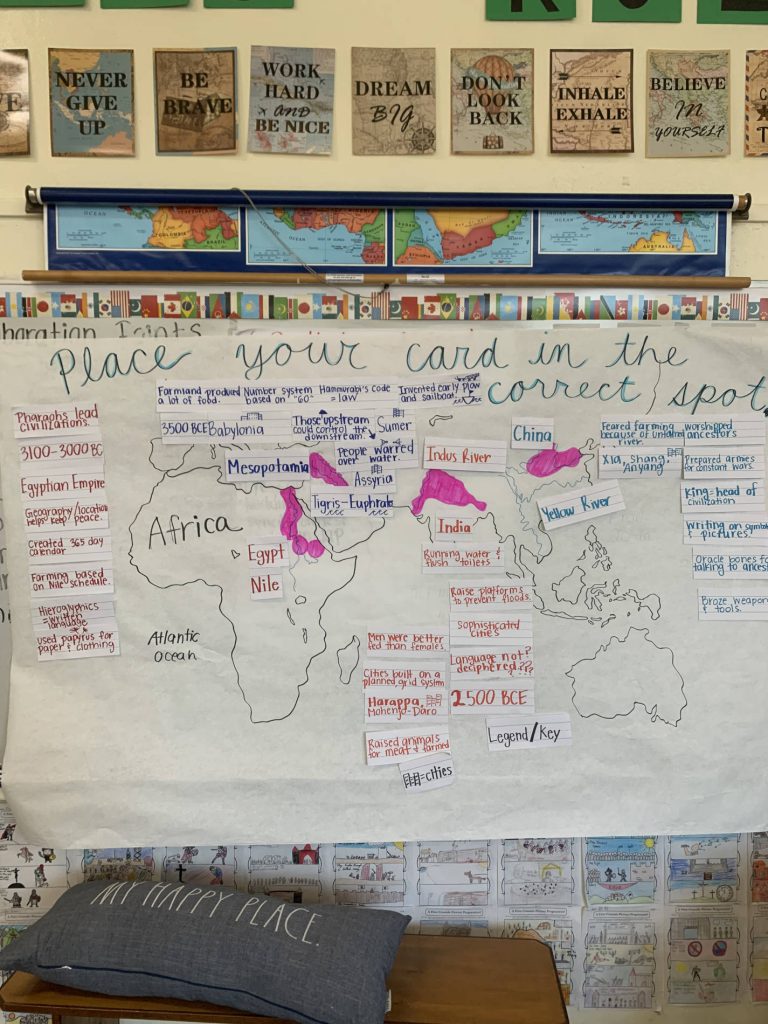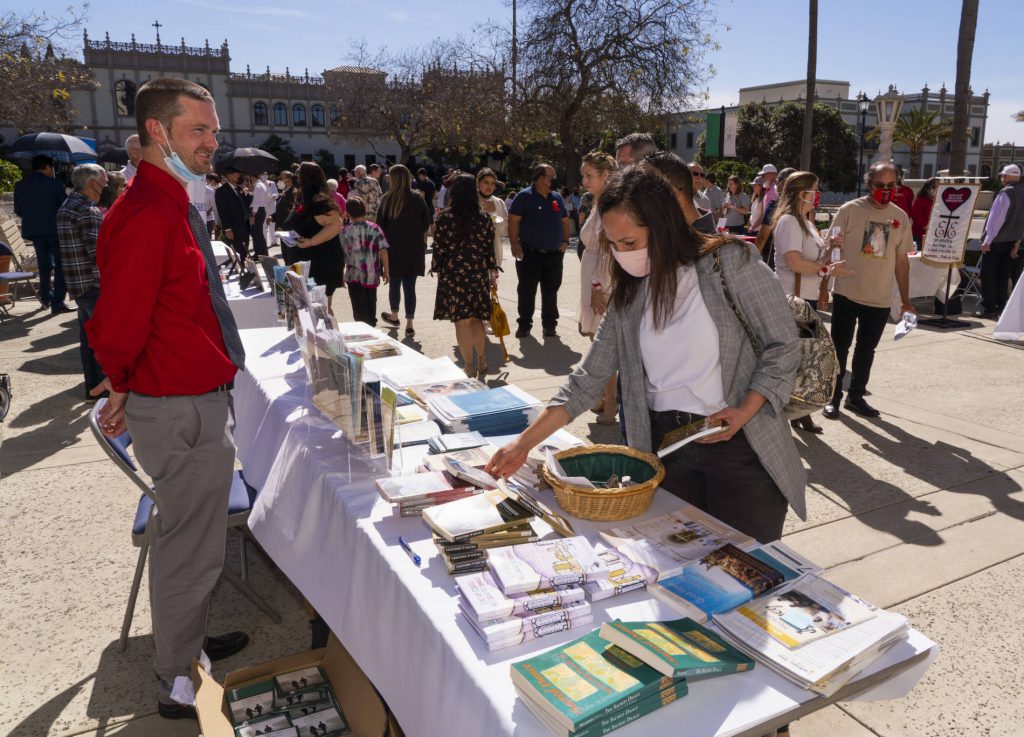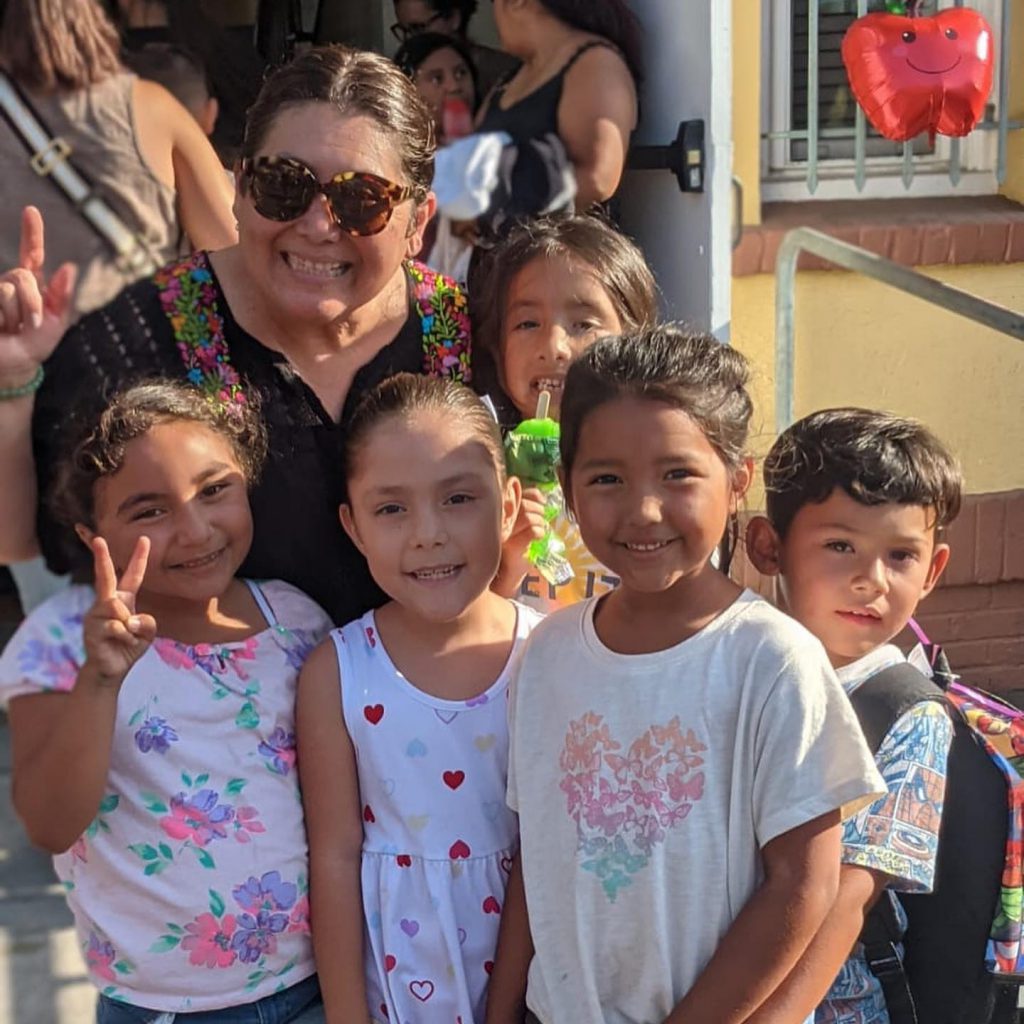SAN DIEGO – A longer Christmas break away from the classroom?
That’s what principals of San Diego Catholic schools may implement for their campus come January amid the stunning spike in positive COVID-19 cases in the county. If they take that route, all students at their schools would learn from home for at least the first two weeks of the year, starting on Jan. 4, allowing time for the surge to ease.
It would be the latest change for the schools, which began distance learning just two days after the governor ordered all schools to shut their doors last spring to slow the initial surge of coronavirus cases.
“This isn’t March,” said John Galvan, the director of San Diego’s Catholic schools. “We’re in a much better position.”
Teachers have learned so much in the intervening nine months to serve their students, either at home or in the classroom, the director said. In fact, many have adopted the “high-flex” model of instruction since the school year began in September, delivering lessons both in-person and online at the same time.
That’s given students who were learning from school the ability to switch to distance learning at a moment’s notice, such as when they have to quarantine if they have been exposed to someone who has tested positive. As the number of positive cases soared in November and December, more and more students have had to make that change, the director said.
Principals will continue to be in close touch with school families, letting them know about any changes.
Even as he reacts day-to-day to news about the coronavirus, the School’s director has his eye on the future, “when we can breathe a sigh of relief when the vaccinations are available.”
“What’s all this going to look like when we come out of this?” he asked. “What are the new opportunities? How can we do things more efficiently? More effectively?”
Educators have become experts in meeting via Zoom, he noted, making it easier to meet with many people at one time, and more often. The Schools Office is having greater engagement with key constituencies, he said, which seems paradoxical in the middle of a pandemic.
He gave the example of regular meetings with school administrators that typically draw about 100 people.
“Yesterday we had about 200 attend this meeting via Zoom,” he said.
He said he’s having weekly meetings with superintendents on Zoom that never happened before.
“It’s really expanding our network,” he said. “It’s exciting as much as I’m exhausted right now.”





